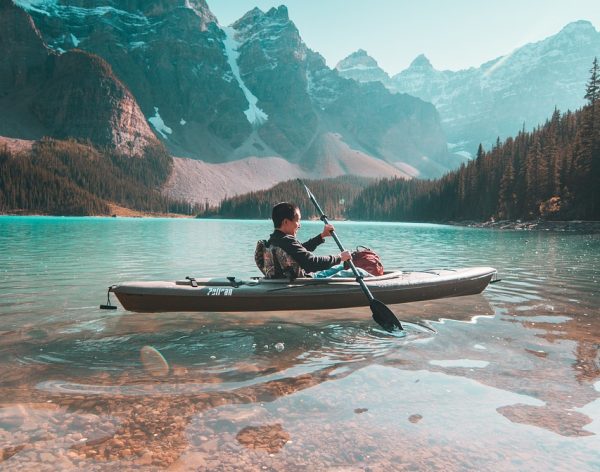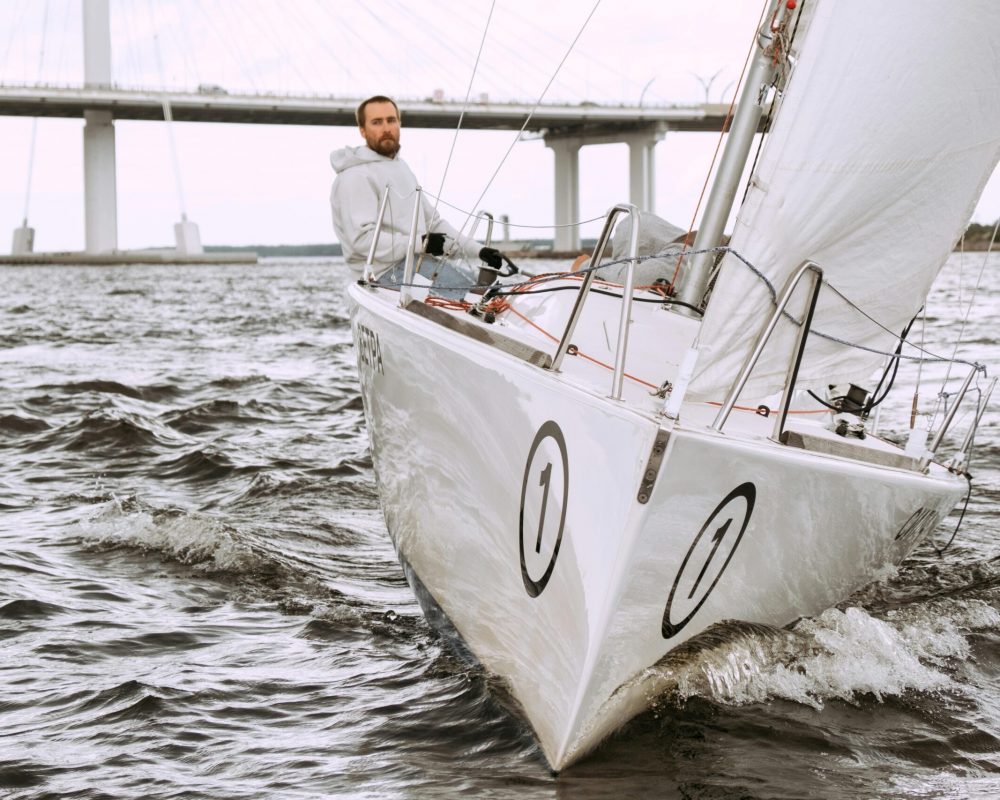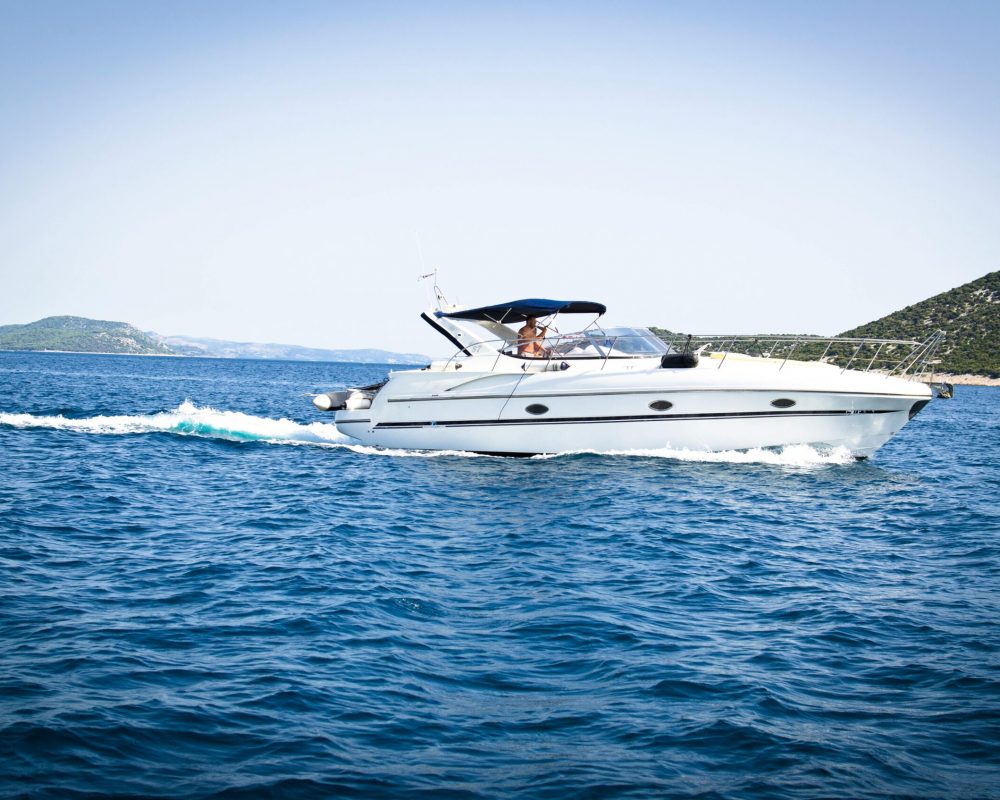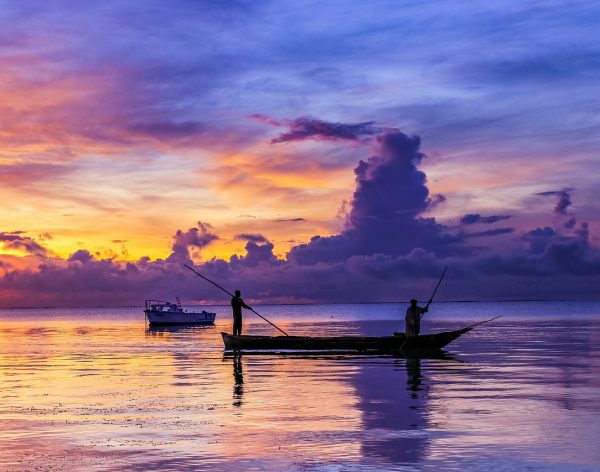Drifting innovation has gone through exceptional headways throughout the long term, changing the manner in which we explore, sail, and experience the water.
From early developments to state-of-the-art improvements, these mechanical progressions are forming the eventual fate of cruising and upgrading our oceanic undertakings. Here is a gander at the development of sailing innovation and the advancements driving the business forward. Early boats, for example, hole kayaks and pontoons, were created from regular materials like wood and reeds. These fundamental vessels denoted the start of human sea investigation and transportation.

The advancement of sails permitted boats to saddle wind energy, upsetting oceanic travel and empowering longer and more productive journeys across untamed waters.
The historical backdrop of sailing innovation starts with principal developments that laid the foundation for future progressions:

The coming of gas and diesel motors acquired critical enhancements in speed, unwavering quality, and mobility, diminishing reliance on wind power and human muscle. Developments like compasses, sextants, and marine chronometers improved navigational exactness, permitting mariners to cross immense seas with more noteworthy certainty and accuracy.
High level marine hardware, including multifunction shows, radar frameworks, and sonar, have upgraded situational mindfulness, route, and correspondence abilities for boaters.
As ecological mindfulness developed, the sailing business started to embrace practical advancements:
Brilliant innovations are changing the manner in which boaters associate with their vessels and the climate:
The improvement of independent and semi-independent vessels can possibly alter sea transport, offering upgraded security, effectiveness, and diminished human mistake.

Remote checking and control advancements empower boaters to get constant information and oversee different frameworks on their vessel from any place, further developing accommodation and security.
Present-day boats highlight incorporated frameworks that join route, correspondence, and control capabilities into a solitary, easy-to-understand interface, giving extensive information and upgraded control.
Developments in materials science and planning, like lightweight composites and hydrodynamic structures, are further developing vessel execution, strength, and eco-friendliness. Embracing and coordinating new innovations can improve security, effectiveness, and delight on the water, guaranteeing that boaters stay at the front of sea headways.
Future innovations might incorporate high-level ecological checking frameworks that track and dissect marine environments, adding to better preservation and maintainability endeavors.

